Uncategorized
-
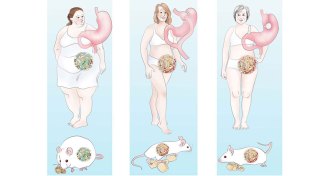
-
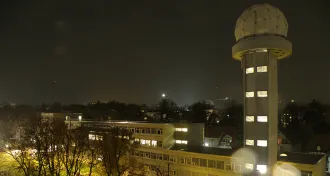 Quantum Physics
Quantum PhysicsQuantum communication takes a new twist
A three-kilometer transmission of light above the Vienna skyline demonstrates that scientists can use the twistiness of light to encode delicate quantum information.
By Andrew Grant -
 Health & Medicine
Health & MedicineSpicy food linked to longevity
Spicy food in the diet seems to contribute to longevity, a study of thousands of people in a Chinese registry finds.
By Nathan Seppa -
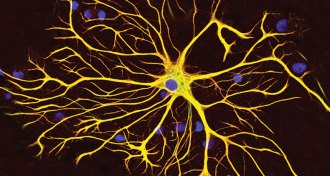 Neuroscience
NeuroscienceAstrocytes help speed up brain’s messages
Astrocytes may help speed nerve cells’ electrical messages.
-
 Astronomy
AstronomyCosmic threads may hide some of universe’s missing matter
Half the normal matter in the universe might be hiding in cosmic threads strung between clusters of galaxies.
-
 Oceans
OceansOcean current simulations could narrow Flight 370 search
Aircraft debris found on Réunion Island in the western Indian Ocean could originate from the northern half of Malaysia Airlines Flight 370’s search area, ocean simulations show.
-
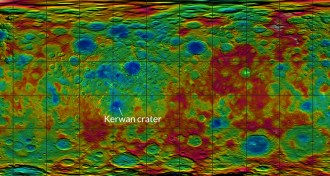 Planetary Science
Planetary ScienceMap of Ceres’ surface shows surprises
Clusters of craters on Ceres and smooth landscapes hint at an unusual past for the dwarf planet.
-
 Environment
EnvironmentDust components may promote obesity
Fat dust bunnies may contain obesity-boosting chemicals.
By Beth Mole -
 Climate
ClimateIceless Arctic summers now expected by 2050s
The Arctic Ocean will have its first ice-free summer in the 2050s, nine years earlier than previously forecast, according to improved simulations.
-
 Climate
ClimateDesert dig uncovers caches of missing CO2
Irrigation water may wash significant amounts of carbon into groundwater systems beneath Earth’s deserts, researchers propose.
-
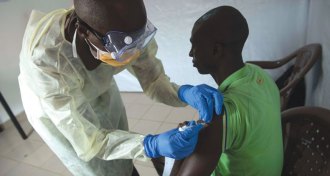 Health & Medicine
Health & MedicineEbola vaccine protects people in West Africa
In Guinea trial, zero cases of Ebola occurred in people potentially exposed who received immediate shots of a new experimental vaccine.
By Nathan Seppa -
 Health & Medicine
Health & MedicineThe five basic tastes have sixth sibling: oleogustus
Scientists dub the taste of fat oleogustus.